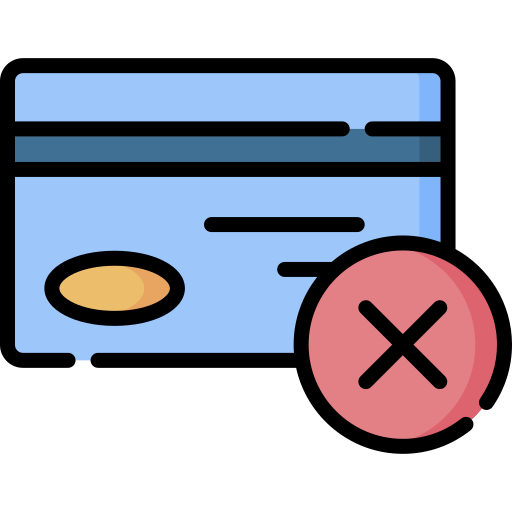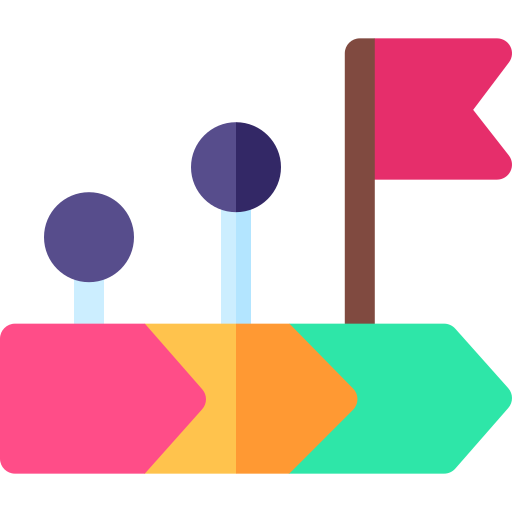
About Career Path
It seems that Full stack developer is like a web developer. Essentially what’s different from a full stack web developer and another web developer is in-depth understanding on the underlying web technologies, the ability to run a complete web structure, and a broader understanding of different technologies.
The full stack web developer will configure and provide the whole underlying structure for a web application. This will involve sourcing an appropriate server, OS, DNS, configure email services etc.
Career Path's Courses
-
WordPress for Entrepreneur/Beginner
In 2018, build a beautiful responsive Wordpress site that looks great on all devices. No experience required.60 students enrolled -
CSS for styling website
With our "CSS for styling website" course, you can learn to make high-quality, graphically amazing and thoroughly impressive ...400 students enrolled -
HTML for Beginners
Step by Step introduction to HTML Explore HTML coding and how you can get started building your own Web Content pages.250 students enrolled -
Learn Bootstrap
Bootstrap Framework allows web designer, web developers & individuals (who are interested in web development or design) ...360 students enrolled -
Learn Node JS
The course focuses on different important concepts of Node.js and gives hands-on experience in building HTTP server with ...784 students enrolled -
Learn AngularJS
AngularJS is a full-featured framework that is very popular amongst developers. If you want to become a web developer, All ...620 students enrolled -
PHP for Beginners
This Web Development with PHP and MySQL training will give you a working comprehension of these essential technologies and ...No student enrolled -
ReactJS
No student enrolled -
Database SQL Testing for Software Testers
This course equips QA and manual testers with the essential SQL skills and backend database testing knowledge to ensure data ...No student enrolled

